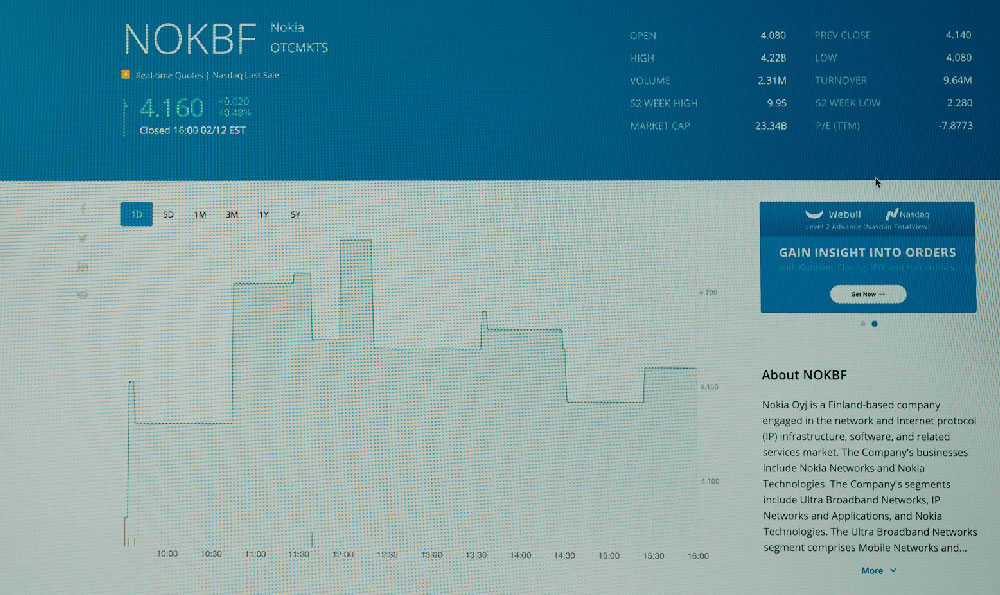Hospitals, often perceived as bastions of healing and community well-being, exist within a complex economic ecosystem. The question of whether they profit or merely break even is far from simple, with the answer heavily influenced by a multitude of factors, including ownership structure, patient demographics, payer mix, operational efficiency, and the ever-evolving healthcare landscape.
Understanding the nuances of hospital finances requires differentiating between various types of hospitals. Non-profit hospitals, often affiliated with religious organizations or community foundations, are legally obligated to reinvest any surplus revenue back into the organization to improve patient care, expand services, or upgrade facilities. While they strive to generate revenue exceeding expenses, their primary focus is not on maximizing profit for shareholders. Any excess revenue is channeled back into fulfilling their mission of providing high-quality healthcare services to the community they serve. They are generally exempt from federal and state income taxes, recognizing their charitable purpose. This exemption comes with the stipulation that they operate for the benefit of the public and not for private gain. This doesn't preclude executives from receiving competitive salaries, but it does restrict the distribution of profits to individuals or shareholders.
For-profit hospitals, on the other hand, operate with the explicit goal of generating profits for their shareholders. They are subject to corporate income taxes and are driven by market forces to maximize revenue and control costs. Efficiency is paramount, and investment decisions are often evaluated based on their potential return. While they are still required to provide adequate patient care, their financial incentives differ significantly from those of non-profit hospitals. They may prioritize certain high-margin services or patient populations to enhance profitability. This focus on the bottom line can sometimes lead to concerns about access to care for underserved communities or the quality of services provided.

Government-owned hospitals, such as those operated by the Department of Veterans Affairs or state and local governments, often receive public funding and serve a critical role in providing healthcare access to vulnerable populations. Their financial performance is typically assessed based on their ability to manage their budgets effectively and meet the healthcare needs of their designated populations, rather than on profitability. They often operate with tight budgets and face challenges related to funding constraints and regulatory compliance. Efficiency and cost containment are crucial, but their primary mission is to ensure access to healthcare for those who might otherwise be unable to afford it.
The profitability of a hospital is further influenced by its payer mix, which refers to the proportion of patients covered by different types of insurance, such as Medicare, Medicaid, commercial insurance, and self-pay. Medicare and Medicaid, government-funded programs that serve the elderly and low-income individuals, respectively, typically reimburse hospitals at lower rates than commercial insurers. A hospital with a high proportion of Medicare and Medicaid patients may face financial challenges due to lower reimbursement rates. In contrast, a hospital with a predominantly commercially insured patient base is likely to generate higher revenues. The negotiated rates between hospitals and insurance companies also play a significant role in determining revenue. Hospitals with strong negotiating power can secure more favorable reimbursement rates, boosting their profitability.
Operational efficiency is another critical factor affecting a hospital's financial performance. Effective management of resources, streamlined processes, and optimized staffing levels can significantly reduce costs and improve profitability. Hospitals are increasingly adopting technology and data analytics to improve efficiency and optimize resource allocation. Investing in electronic health records, telemedicine, and other technological advancements can help to reduce administrative costs, improve patient outcomes, and enhance revenue generation.
The complexity of the healthcare system, with its intricate billing practices and regulatory requirements, also contributes to the financial challenges faced by hospitals. Navigating the complex coding and billing processes, ensuring compliance with regulations, and managing denials from insurance companies can be time-consuming and costly. Efficient revenue cycle management is crucial for hospitals to accurately bill for services, collect payments, and minimize financial losses.
Furthermore, the shift towards value-based care, which emphasizes quality and outcomes rather than volume of services, is transforming the way hospitals are reimbursed. Value-based care models incentivize hospitals to provide high-quality care at lower costs, potentially impacting their revenue streams. Hospitals are increasingly focusing on preventive care, care coordination, and chronic disease management to improve patient outcomes and reduce healthcare costs. This shift requires hospitals to invest in new technologies and develop new models of care delivery.
Finally, external factors, such as economic conditions, demographic trends, and government policies, can also influence hospital profitability. Economic downturns can lead to decreased patient volumes and increased uncompensated care, while changes in demographics can impact the demand for specific healthcare services. Government policies, such as changes to Medicare and Medicaid reimbursement rates, can significantly affect hospital revenues.
In conclusion, the question of whether hospitals profit or break even is a multifaceted one. While non-profit hospitals aim to reinvest surpluses back into the organization, for-profit hospitals prioritize generating returns for shareholders. Government-owned hospitals focus on providing access to care within budget constraints. The payer mix, operational efficiency, regulatory landscape, and external factors all contribute to a hospital's financial performance. Understanding these complexities is essential for assessing the financial health of hospitals and ensuring their long-term sustainability in providing essential healthcare services to their communities. Ultimately, a financially stable hospital system is crucial for maintaining access to quality healthcare for all.












